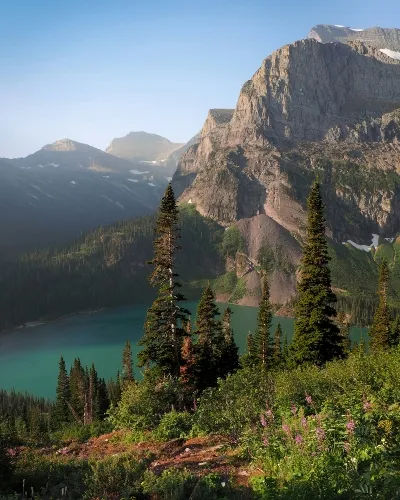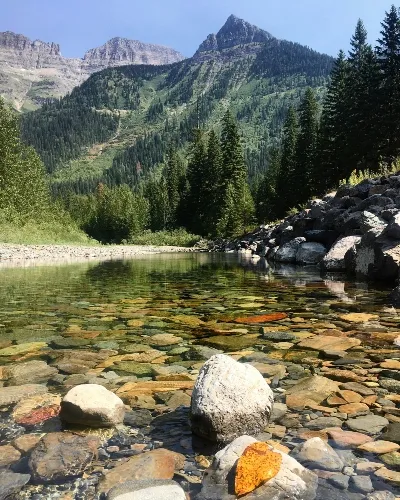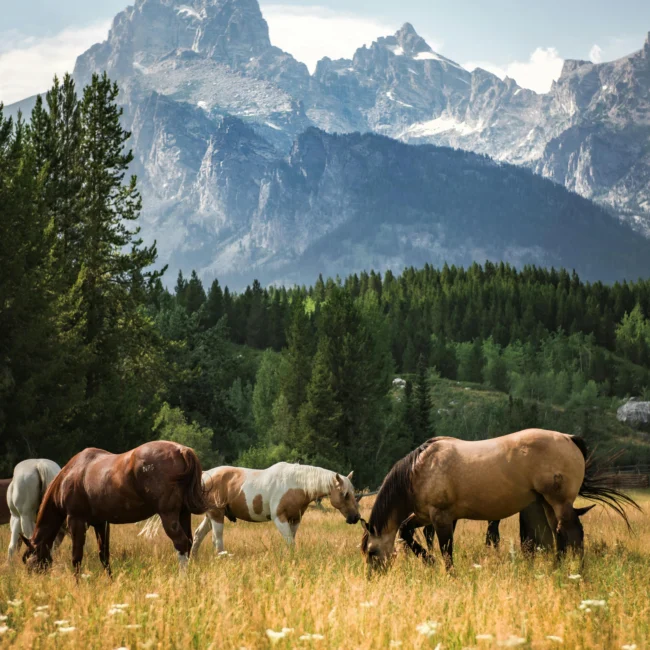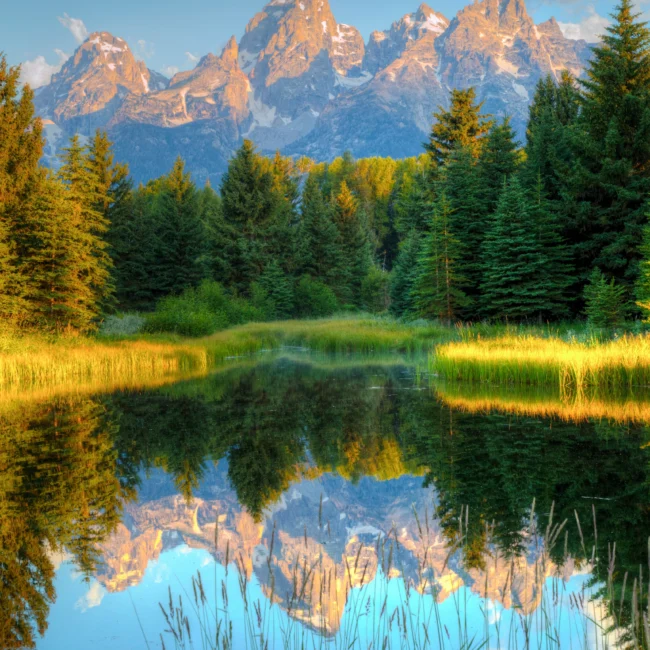There are places in North America where wildlife still reigns supreme. Wolves call through pine-shadowed valleys, rivers carve stories into stone and the air carries the scent of sagebrush and snowmelt. These places are rare, evolving and full of knowledge for those willing to pay attention.
This guide exploring North America’s national parks demonstrates how these protected areas teach, connect and stay with you long after your boots leave the trail.
Why America’s National Parks Matter
National parks preserve the knowledge and stories of people who have called these lands home for thousands of years. They safeguard cultural heritage, often protecting ancestral lands, sacred sites and cultural knowledge of Indigenous peoples who have lived and continue to live there.
North America’s national parks also shelter over 400 threatened or endangered species and protect some of the continent’s last intact habitats, from alpine tundra to desert canyons. It is vital to visit and learn about the forces threatening the future of these fragile ecosystems so we can play a part in preserving their integrity.
Glacier National Park, Montana
In northern Montana, Glacier National Park stretches over a million acres of alpine peaks, ancient forests and turquoise lakes.
Dramatic elevation changes create microhabitats that support grizzly bears, lynx, mountain goats and over 1,000 plant species. But its namesake glaciers, once 150 strong, continue to vanish. Their meltwater sustains entire ecosystems, and their retreat reveals the urgency of climate change.


Glacier forms part of the Crown of the Continent, one of the most intact temperate ecosystems on Earth. Conservation teams focus on forest management, riparian zone restoration and the protection of alpine plants.
Collaborations with the Blackfeet and Salish nations bring traditional knowledge into restoration efforts. Travellers can witness change through interpretive hikes, visitor programmes and citizen science.
Yellowstone National Park, Wyoming
Established in 1872, Yellowstone National Park is considered the world’s first modern national park and helped establish the global model for protected public lands.
Stretching across 2.2 million acres of volcanic plateaus, steaming geysers and vast wilderness, it hums with geological and ecological energy. Bison graze across open valleys, wolves move through shadowed forests and geothermal pools bubble in technicolour.
Scientific research conducted here informs global conservation efforts. In 1995, for example, teams reintroduced wolves to restore balance.
Elk numbers dropped, willows and aspens recovered and beavers returned; each part of the ecosystem responded. Beyond wolf restoration, Yellowstone leads the way in fire ecology, native fish recovery and visitor management, making it an essential destination for conservation travel.
Grand Teton National Park, Wyoming
South of Yellowstone, Grand Teton National Park showcases one of North America’s most dramatic landscapes. The Teton Range rises sharply from the Jackson Hole valley, exposing ancient rock uplifted by faults and shaped by glaciers.
Conservation teams work to preserve the wild’s natural rhythms, restoring habitats, monitoring species and protecting key migration corridors that connect the Tetons to the broader Greater Yellowstone Ecosystem.
Visitors can explore fault lines and glaciers, track elk migrations, study bear behaviour and learn about the cultural stories tied to the land.


And this land holds deep cultural significance. Indigenous peoples have hunted, gathered and held ceremonies here for thousands of years.
The Shoshone and other tribal nations continue to have a significant influence on park interpretation and protection.
Zion National Park, Utah
Located in southwestern Utah, Zion’s steep canyons and Navajo sandstone cliffs are geological wonders shaped by the Virgin River.
The park’s rock layers span more than 150 million years, each layer a chapter in the story of Earth. Indigenous communities, including the Southern Paiute, continue to maintain ties to this land.
This desert canyon supports over 800 plant species and nearly 300 birds. However, Zion’s ecosystems, water resources and infrastructure are under increasing strain from rising temperatures, altered precipitation patterns and more extreme weather events.
This park is on the front line of a changing climate and considered one of the most important places to understand and support adaptive conservation. Sustainable tourism plays a vital role in preserving its natural and cultural resources.
Bryce Canyon National Park, Utah
Bryce Canyon in southern Utah contains the world’s greatest concentration of hoodoos, slender rock spires formed by frost and erosion.
The park’s high-elevation plateau, dramatic geology and location at the ecological crossroads of the Colorado Plateau and Great Basin support a distinctive blend of high-elevation species and desert-adapted wildlife.
Its clear air, high altitude and dark skies also make it ideal for stargazing, revealing constellations rarely visible elsewhere.
In Bruce Canyon, visitors can join ranger-led talks to understand erosion patterns, explore stargazing programmes that highlight the importance of dark sky preservation or support efforts to restore native plant communities disturbed by trail use.
Treading lightly here means appreciating just how fragile and extraordinary our world really is.
Travel That Connects
At first light in a canyon or beneath a prairie sky spangled with stars, the world feels as it once did – vast, wild and whole. When you walk with those who truly understand the land, you begin to see it as something living and shared.
Journeys With Purpose creates travel experiences for those who value insight over indulgence.
Our journeys to North America focus on ecological learning, cultural exchange and practical conservation, giving rare access to the people restoring these fragile ecosystems.
One of our upcoming hosted journeys, Restoring the American West, is an exclusive opportunity to experience the Great Plains as they once were.
As you retrace the natural history and heritage of the American West, you’ll also contribute to the vision to create the largest wildlife reserve in the continental United States.
Learning-led travel reshapes your bond with the living world. These journeys immerse you in the beauty of the natural world, but they also change how you understand and protect it.
Interested in Exploring North America’s National Parks?
Journeys With Purpose offers private, conservation-focused adventures to North America, with tailor-made itineraries built around your passions. We also plan hosted journeys – get in touch with our expert travel specialists today on +44 20 8044 9538 or at connect@journeyswithpurpose.org.
DIG A LITTLE DEEPER
Contribute to Positive Impact on a Hosted Journey.
Connect with Impact Partners around the world during a Private Experience.













